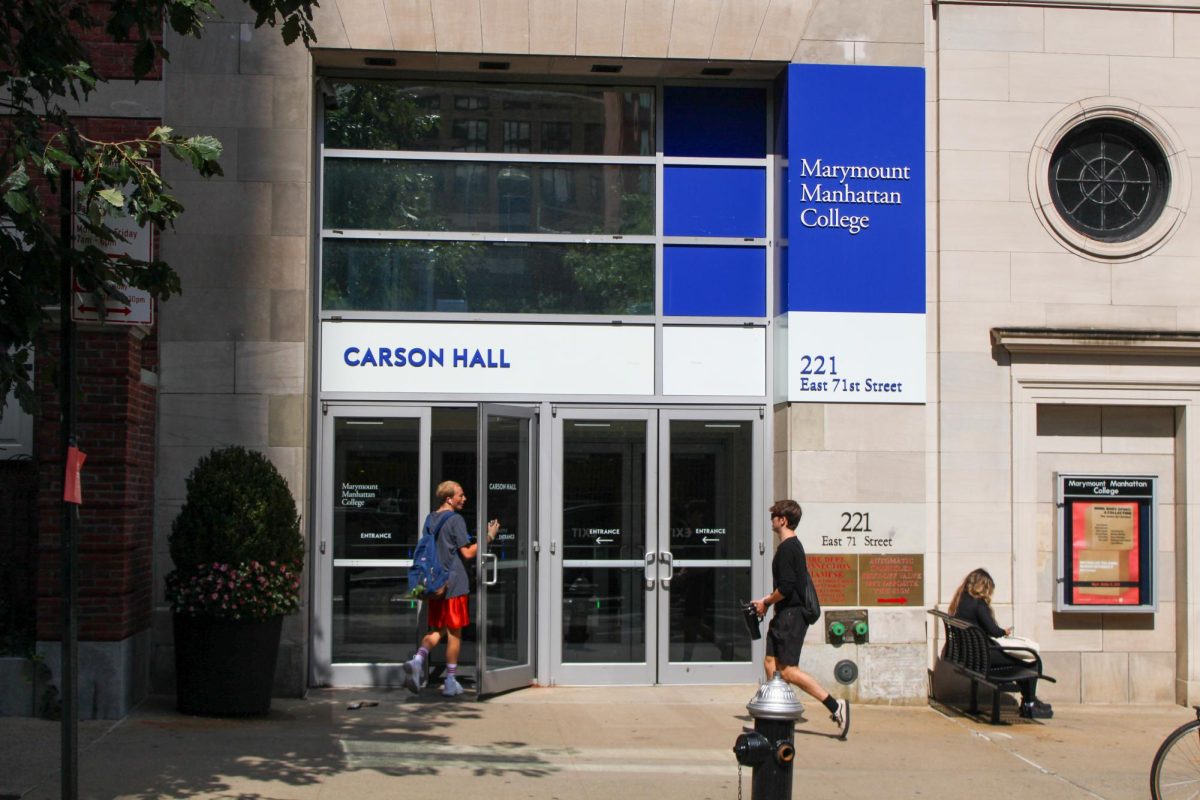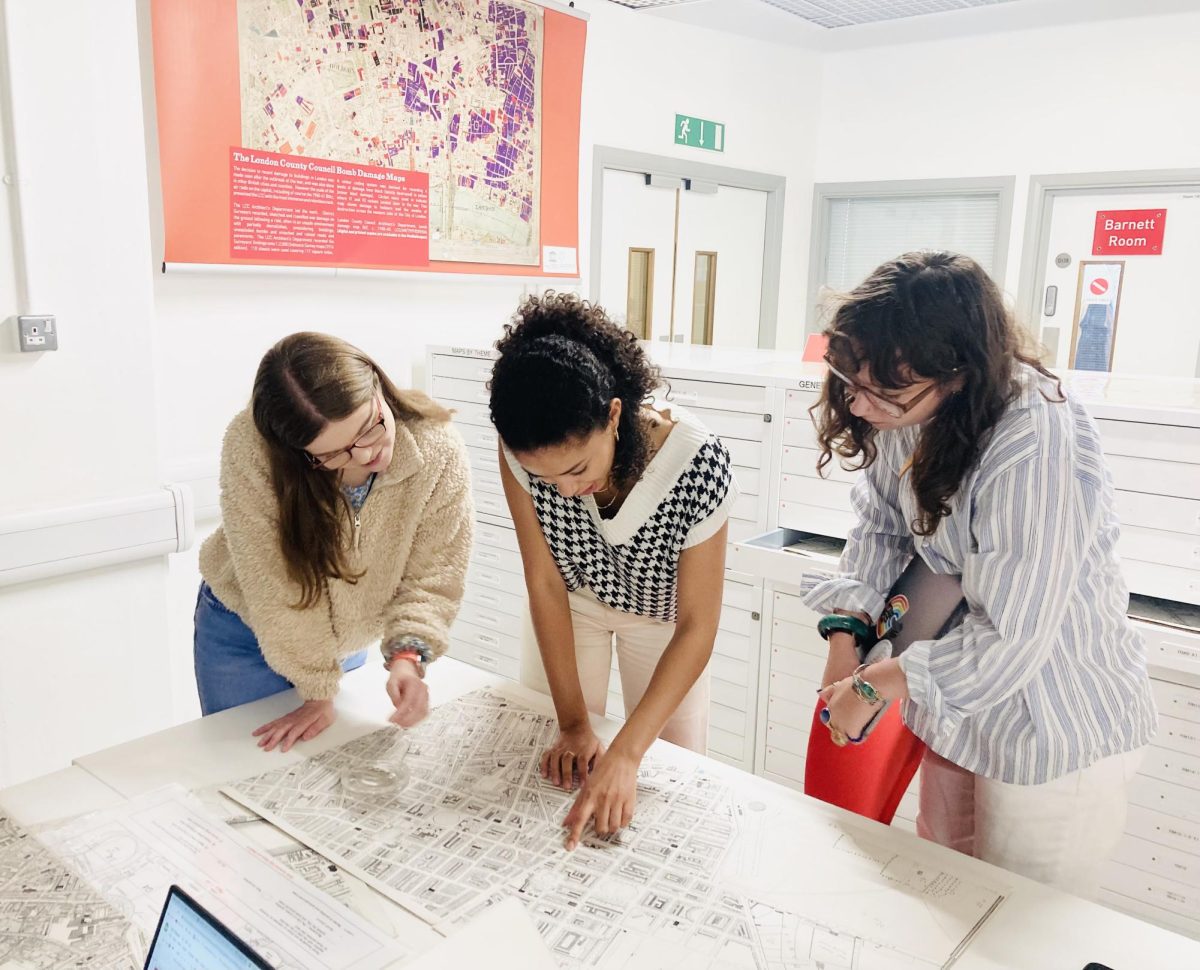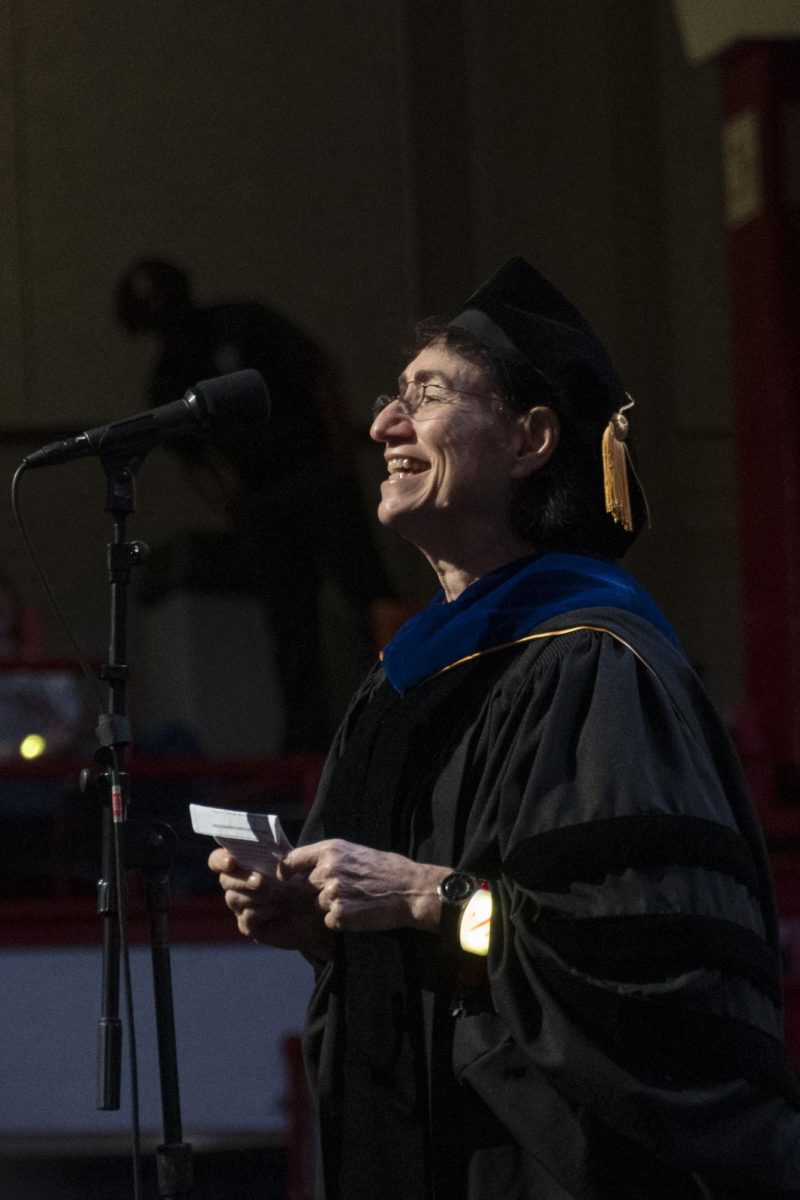By Taylor Adams, News Staff
‘Like a virgin, ooh, ooh!”
Upon entering the Museum of Fine Art’s (MFA) Foster Gallery to the sound of 30 voices dissonantly belting out the full 73 minutes and 30 seconds of one of Madonna’s greatest hits album ‘The Immaculate Collection’ a capella, it is evident that a viewer won’t just be ‘Seeing Songs,’ but experiencing them as well.
The installation, a 30-screen multimedia work by South African artist Candice Breitz, dominates the exhibition both visually and audibly. It captures the majority of visitors’ attention and the theme in a nutshell; between music and listener there is a unique yet universal, private yet public relationship.
Participants of the video installation sing tunes that have become culturally universal. But their voices don’t match, and in this choir of awkward individuality we see them twist and dance, groove to the beat in their own way. Some wear headphones, one holds a teddy bear.
The exhibit, which, with few exceptions was pulled from the MFA’s own collection, is a survey of works that explore the art community’s attempts to grapple with music as a personal experience yet also as a part of culture.
The themes are not new, and plenty of the usual suspects are featured here. Wassily Kandinsky was one of the first to suggest, both literally and in his work, that sounds had visual equivalents and that paintings could achieve the same influence upon the human spirit. Several of his works are on display in the half of the exhibit devoted to 20th century art: ‘ paintings, prints, and mixed media pieces that attempt to visually interpret sound.
Many of the artists incorporate musical symbols into their work. Some go as far as to quantitatively analyze a piece of music in visual terms. As a counterpoint, a marked-up compositional sheet by John Cage is displayed, showing the intrinsic visual process behind creating an audible work.
Across the exhibit, photographs of iconic artists, including a shot of Michael Jackson, fill much of the space ‘- representing the work of photographers like Herb Greene and Herb Ritz who are interested in musicians’ visual appeal.
Between all of this and the several multimedia works, the exhibit covers a lot of ground. In showing how artists have tried to represent sound, and the relationship between music and its listeners, it’s far from comprehensive (according to the written introduction, it wasn’t supposed to be). But it does function as an overture of sorts, presenting a host of ideas quickly, but not expounding too deeply upon any of them.
Indeed, perhaps it’s best to describe the exhibit as if it were a song. It starts off slowly, softly and simply, but builds upon itself, continuously reprising a similar yet increasingly complex theme. Whether the viewer enjoys it or not is perhaps a function of taste and interest ‘- it’s not so much like a conventional classical epic a la Wagner (whose music inspired several of the pieces) as it is like the varied and light journey of a Beatles album through genre, mood, and style. But like both, it’s compelling and well crafted.
‘Contemporary Outlook: ‘ Seeing ‘ Songs’ is showing in the Foster Gallery at the ‘ Museum of Fine Arts at 465 Huntington Ave. until Feb. 21, 2010.








